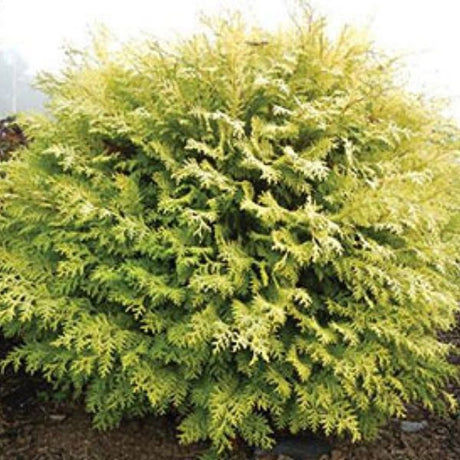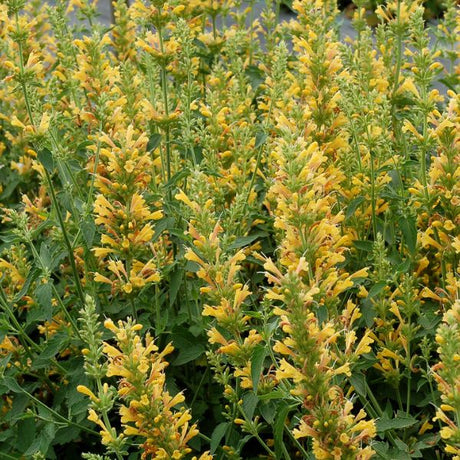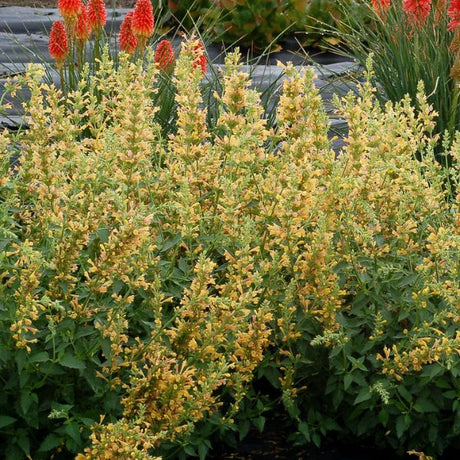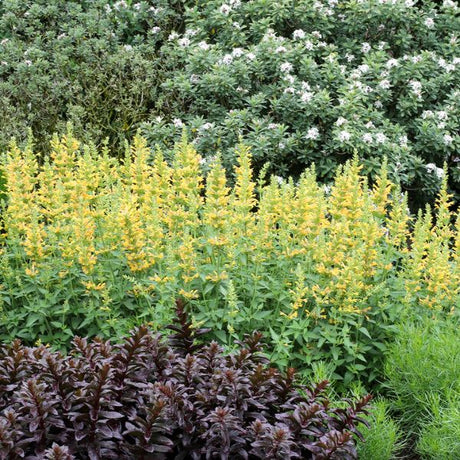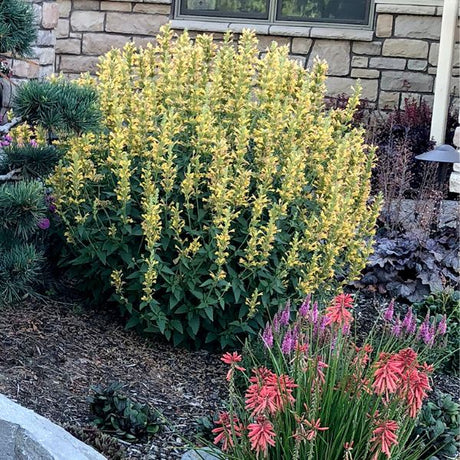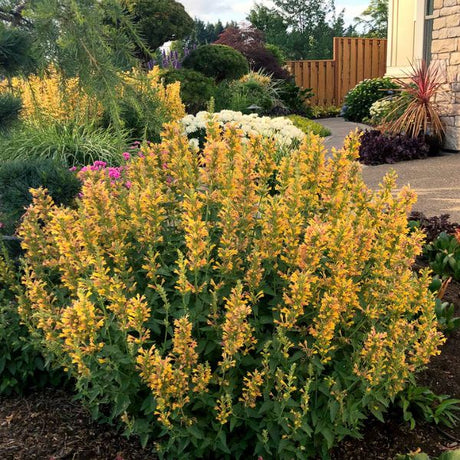- Regular price $11470Unit price /Unavailable
- Sold outRegular price $16076Unit price /Unavailable
- Regular price $11465Unit price /Unavailable
- Sold outRegular price $5951Unit price /Unavailable
- Regular price $6973Unit price /Unavailable
- Regular price $11988Unit price /Unavailable
- Sold outRegular price $5962Unit price /Unavailable
- Sold outNew arrival
Dwarf Alberta Spruce - Holiday Tree
Regular price $000Unit price /Unavailable
FAQS for Buying Low Maintenance Plants Online
How often do I need to water low maintenance plants?
How often do I need to water low maintenance plants?
Once established (typically after the first growing season), most low maintenance plants need watering only during extended dry periods. During the establishment phase, water deeply 2-3 times per week for the first few months, then gradually reduce frequency as roots develop. After that first year, many drought tolerant varieties can thrive on natural rainfall alone in most climates. Signs your plants need water include wilting leaves or dry soil 3-4 inches below the surface. The goal is deep, infrequent watering that encourages strong root systems rather than shallow, frequent watering.
What are the best low maintenance plants for full shade vs. full sun?
What are the best low maintenance plants for full shade vs. full sun?
For full sun (6+ hours direct sunlight), consider Russian sage, sedum, coneflowers, spirea, and landscape roses. These thrive in heat and require minimal water once established. For full shade (less than 3 hours of sun), hostas, astilbe, and certain hydrangeas like Invincibelle varieties perform beautifully with little fuss. For partial shade areas, ninebark, coral bells, and many ornamental grasses adapt well to varying light conditions. When selecting plants, matching sun exposure to plant requirements is one of the most important factors for truly low maintenance success.
Do low maintenance plants need fertilizer?
Do low maintenance plants need fertilizer?
Low maintenance plants typically need minimal fertilizing compared to high-maintenance varieties. A single application of slow-release, balanced fertilizer in early spring is usually sufficient for most shrubs and perennials in this collection. Many drought tolerant plants actually prefer lean soil and can become leggy or produce fewer blooms with over-fertilizing. Native and adaptable plants often thrive without any supplemental feeding once established, getting nutrients from decomposing mulch and natural soil processes. If your plants show good growth and healthy color, they likely don't need additional fertilizer.
How much care do low maintenance plants need in the first year?
How much care do low maintenance plants need in the first year?
The first growing season requires more attention to ensure successful establishment. Plan to water regularly (2-3 times weekly during dry spells), apply 2-3 inches of mulch to retain moisture, and monitor for any pest or disease issues. This initial investment of care allows roots to develop deeply, which is what makes these plants truly low maintenance in subsequent years. After the first year, most varieties in this collection transition to needing only occasional watering during droughts, annual mulch replenishment, and minimal pruning. Think of the first year as building the foundation for years of easy care ahead.
Which low maintenance plants are truly the easiest for complete beginners?
Which low maintenance plants are truly the easiest for complete beginners?
For foolproof success, start with sedum (stonecrop), spirea, daylilies, coneflowers, and Russian sage. These plants are incredibly forgiving of inconsistent watering, poor soil, pruning mistakes, and general neglect. Knockout and Oso Easy landscape roses are also excellent beginner choices since they're disease resistant and don't require deadheading or complicated pruning schedules. Ninebark shrubs and switchgrass adapt to almost any condition and look great with virtually no maintenance. If you're building confidence as a gardener, these varieties let you succeed right away while you learn. They're hard to kill and reward even basic care with impressive results.






